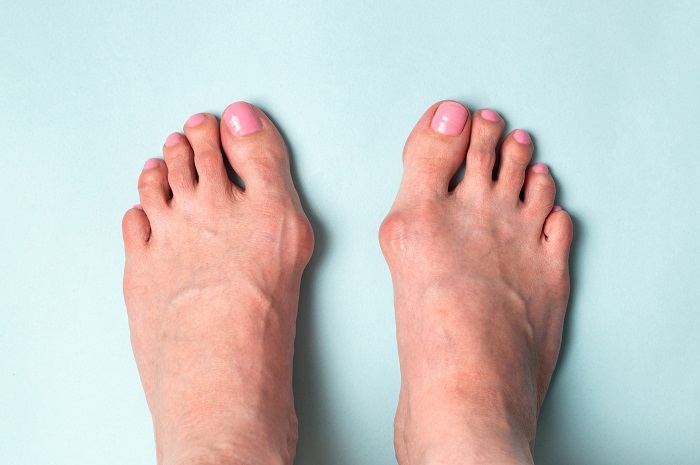Phone: +44 (0)20 8492 1600
Need help or have a question?
Contact us at: [email protected]
Bunions are one of those issues that make life a little bit harder than it needs to be. The causes of bunions can be genetic/ hereditary or it could be associated with joint issues, no matter how you got your bunion, it can leave you with chronic pain movement and reduced movement.
Bunions are four times more common in females and the incidence increases with age. Extra stress is put on the ball of the foot because of the bunion and this can lead to metatarsalgia pain in the forefoot under the heads of the metatarsal bones.
Treatment can include bunion pads, orthotics, insoles, foot braces, or toe spacers.

Bunions are a deformity of the base joint of the big toe or less commonly at the little toe joint, known as a Tailor’s Bunion. There is often thickening of the skin and tissues next to the affected joint. The thickened skin and tissues may become inflamed, swollen and painful. Sometimes a fluid-filled sac (bursa) develops over the joint. Pressure from the first toe then affects the other toes, which become crowded, leading to deformity of the toes (Hammer Toe) and callus formation.
Genetics can play a role in the formation of bunions, as well as arthritis, injury or trauma. If you have poor or weak foot structure or your feet over pronate or suffer from flat feet this may increase your chances of developing bunions. If you wear tight, ill-fitted shoes, such as high-heeled or pointed shoes this can also encourage bunions to develop.
In most cases, bunion treatment does not require a visit to the podiatrist or doctor. You should choose shoes that allow your foot to retain its proper position. You should avoid shoes with high heels, as they will force your toes down and place too much weight on them. If the bunion becomes painful or inflamed, you should use an ice pack two to three times a day for 15 minutes to help reduce the swelling.
Bunion pads can help reduce or alleviate any pressure your shoes may place on your joint. You could also try toe spreaders which help to prevent your toes from smushing together. In severe cases, surgery may be an option, this should only be considered if you are suffering chronic pain from the bunion, but always check with your doctor or podiatrist if you are in pain or are unsure of what action to take.